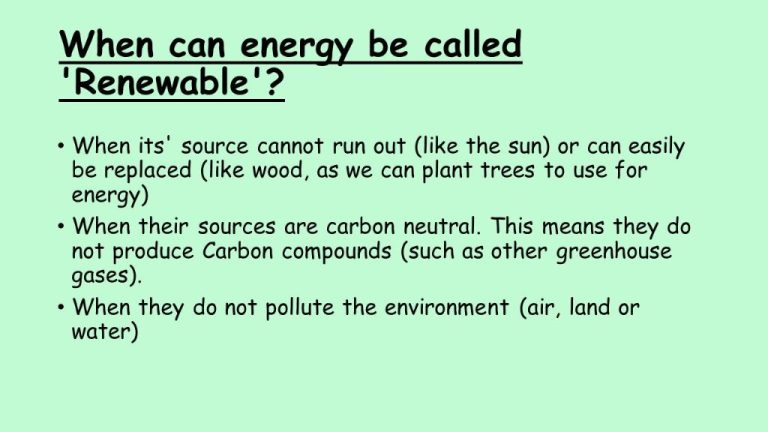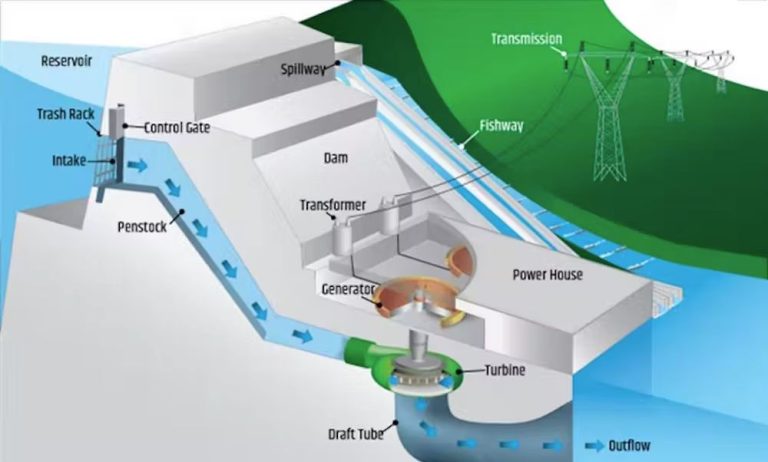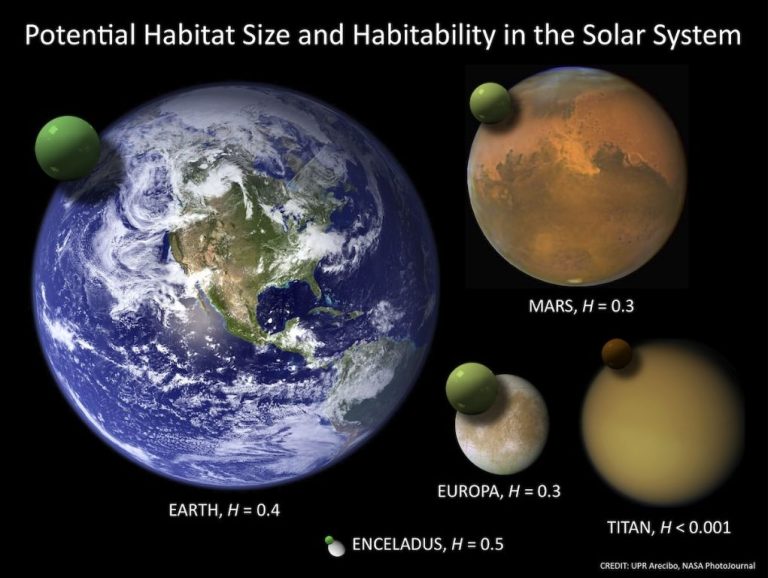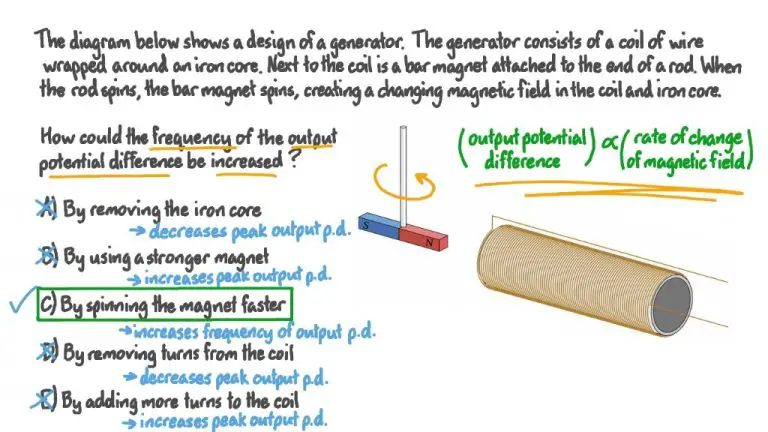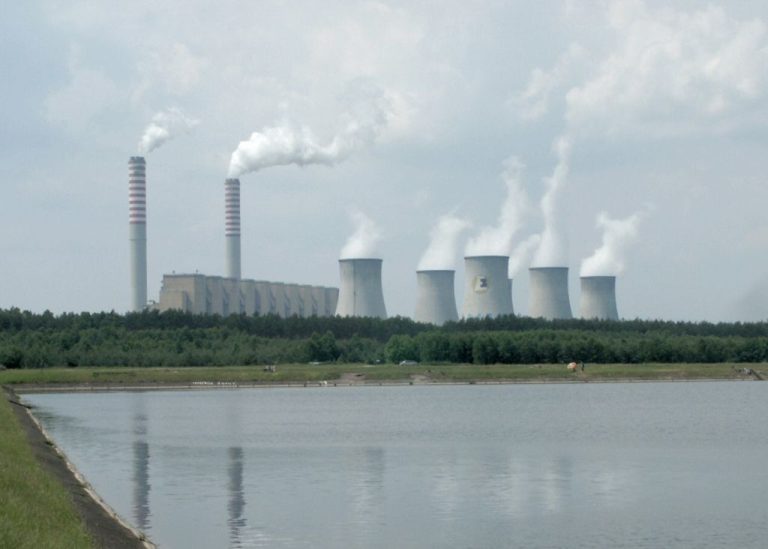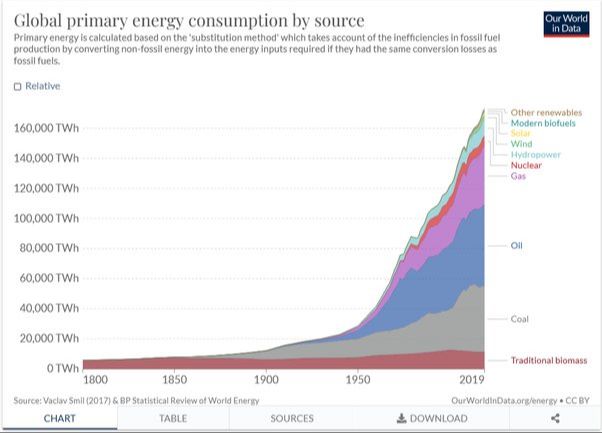What Is The Transmission Of The Electrical Power System?
The electrical power transmission system is the interconnected group of components that transport large amounts of electricity over long distances, from where it is generated to where it is consumed by end users. It consists of step-up transformers, transmission lines, substations, and step-down transformers.
The modern transmission system first emerged in the 1880s with the development of alternating current, allowing electricity to travel long distances. Utilities built transmission lines to connect electricity generation, often located far from cities and factories, to provide those places with power. Over the decades the transmission system expanded into a complex, interconnected network spreading across states and even countries.
Generation
Electricity starts at power plants where generators spin turbines to convert mechanical energy into electrical energy. Power plants use different types of fuel sources to spin the turbines, such as water, wind, coal, natural gas, nuclear, and solar. The most common types of power plants in the United States are:
- Coal – Burning coal heats water to produce steam that spins the turbine connected to the generator.
- Natural gas – Burning natural gas produces hot combustion gases that spin the turbine.
- Nuclear – The reactor’s controlled nuclear reaction heats water to produce steam that spins the turbine.
- Hydroelectric – Falling or flowing water spins the turbine connected to the generator.
At the power plant, the electricity is generated at a low voltage, usually around 13,800 volts. This low voltage is efficient for generator operation but would be very inefficient for transmitting the power over long distances, so the voltage must be stepped up.
Step-Up Transformers
After electricity is generated at a power plant, it goes through step-up transformers which increase the voltage before the electricity is transmitted over long distances through transmission lines. Step-up transformers play a critical role in the electrical grid by increasing the voltage from the generating plant to a much higher level for efficient transmission.
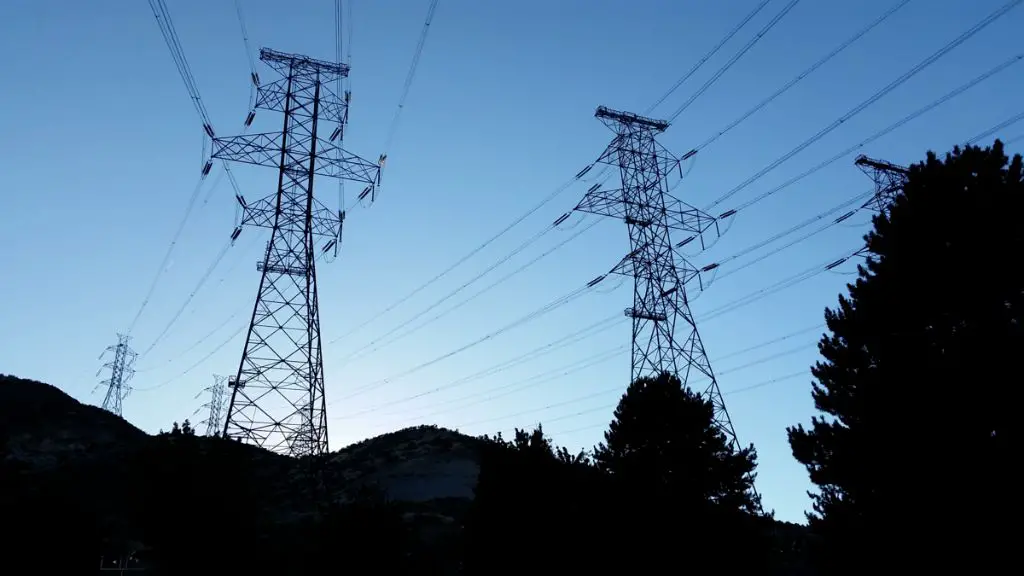
Most power plants generate electricity at a voltage between 2,300 to 30,000 volts. However, power is transmitted more efficiently at extremely high voltages of 115,000 volts or more. This minimizes the current flowing in the transmission lines and reduces energy losses through resistance in the wires.
Step-up transformers at generating stations increase the relatively low voltage produced to the optimized higher voltage levels. This allows the electricity to be transmitted long distances before stepping the voltage back down for distribution. Without step-up transformers, the transmission of electricity over hundreds of miles would be highly ineffective and result in major power losses.
Transmission Lines
The transmission line network forms the critical link between electricity generators and distributors. These high voltage lines efficiently transport huge amounts of power over long distances across states and regions.
Transmission lines typically operate at voltages between 69kV and 765kV. Higher voltages like 765kV allow more power to be transmitted efficiently over long distances. Lower voltages like 69kV are used for shorter distances and to connect to distribution substations.
Most transmission lines in North America are AC (alternating current). HVDC (high voltage direct current) transmission is occasionally used for underground cables, undersea cables, and to connect asynchronous power grids. HVDC lines are also used when transmission distances exceed 800-1000 km as they have lower electrical losses per unit length.
Substations
Substations play a critical role in the transmission of electrical power. They act as the intermediate stopping points between the high-voltage transmission lines that carry electricity long distances and the lower voltage distribution lines that deliver electricity to homes and businesses.
The main purpose of a substation is to step-down the very high transmission level voltages to the lower distribution level voltages that can be safely used by customers. This voltage transformation is accomplished through transformers located within the substation.
Substations also contain a variety of other important equipment such as:
- Circuit breakers that protect the system from overloads or faults.
- Switches and disconnects to isolate equipment for maintenance.
- Capacitors to regulate voltage.
- Relays and control systems to monitor grid conditions and operate equipment.
Substations provide the critical link between the transmission and distribution system, enabling the reliable and efficient delivery of electricity across long distances to end use customers.
Step-Down Transformers
After electricity has traveled long distances through high-voltage transmission lines, the voltage must be reduced before it can be distributed to homes and businesses. Step-down transformers serve this important purpose of reducing the voltage closer to end use loads.
Without step-down transformers, it would be dangerous and impractical to distribute electricity at transmission-level voltages to customers. Residential customers require 120/240 volts, while large industrial customers may require 4,160 or 13,800 volts. Step-down transformers take the high voltage from transmission lines and reduce it to the appropriate lower distribution voltage.
The principles of electromagnetic induction allow transformers to easily reduce high transmission voltages to lower distribution voltages. Transformers have primary and secondary coil windings. The ratio between the number of turns in each winding sets the transformation ratio. For a step-down transformer, the primary winding has more turns than the secondary winding. This transforms the high incoming transmission voltage to a lower outgoing distribution voltage.
Step-down transformers are located at substations near load centers. They are critical for the safe and efficient distribution of electricity directly to customers at usable voltages. Without step-down transformers reducing voltages, the electrical grid would not function as designed.
Distribution
The distribution system delivers electricity from local substations to homes, businesses, and other end-use customers. Distribution networks consist of lower voltage power lines, transformers, switches, and other equipment that take the high voltage power from substations and step it down to lower voltages for customer use.
In the United States, typical distribution voltages are 12 kilovolts (12kV) and 4 kilovolts (4kV) for medium voltage delivery, and 120 volts (120V) and 240 volts (240V) for low voltage delivery to homes and businesses. The distribution system is built for redundancy so that if one power line goes down, power can be rerouted and customers do not experience interruptions in service.
Customers
The end users of electricity fall into three main categories: residential, commercial, and industrial customers. Each has different electricity needs and is served at different voltage levels.
Residential customers consist of private homes. They typically require 120/240V single phase power to run lighting, appliances, electronics, and heating/cooling systems. Residential service is usually metered for each home.
Commercial customers include businesses, offices, stores, hospitals, schools, and other non-manufacturing facilities. They often require 208/120V three phase power to serve larger lighting and HVAC systems, machinery, and so forth. Electricity use is metered for each facility.
Industrial customers encompass manufacturing plants, factories, mines, and other heavy industry. They utilize high capacity 480V three phase power for running large motors, machinery, processes, and assembly lines. Their energy use profile is complex and consumption is very high.
The voltage delivered to a customer depends on their size and usage. Residential customers are served at low 120/240V, while large commercial and industrial users may take medium voltage (2.4 – 35 kV) or even high voltage (>115kV) to meet high demand.
Reliability and Efficiency
The reliability and efficiency of the electrical power system are crucial for providing consumers and businesses with a consistent supply of electricity. Power outages and fluctuations can cause major disruptions and economic losses across all sectors. There are several technical and economic factors that impact the reliability and efficiency of the grid.
One major challenge is that electricity cannot be easily stored at scale, so supply and demand must be precisely balanced at all times. Generating more electricity than needed wastes resources, while generating less causes brownouts or blackouts. Sophisticated control systems help grid operators match supply to demand in real time, but forecasting errors can still occur.
The aging infrastructure of power plants, transformers, and transmission lines also threatens reliability. Much of the grid was built decades ago and requires maintenance, upgrades, and replacement over time. Investing in modernization and smarter grid technologies can improve efficiency and resilience.
In addition, integrating more renewable energy from intermittent sources like wind and solar poses technical hurdles for balancing the grid. Weather-dependent generation can fluctuate minute to minute, requiring backup power supplies or storage solutions.
On the economic side, regulated electricity rates may discourage efficiency improvements at utilities. There are also debates around how to allocate costs for new transmission lines and grid upgrades. Finding incentives that align utilities, regulators, and consumers is an ongoing challenge.
Reliability and efficiency will continue to be top priorities to provide affordable, sustainable electricity. Advancements in technology and policy reform can help overcome the technical and economic obstacles.
The Future
The electrical grid is continuously evolving to meet the changing needs of society. Here are some of the key technologies and trends shaping the future of power transmission:
Renewable Energy Integration – As more solar, wind and other renewable generation comes online, managing the variability and distributed nature of these resources becomes increasingly important. New smart grid technologies like advanced forecasting, battery storage and demand response help smooth out the ebb and flow of renewables.
Distributed Energy Resources – Rooftop solar, electric vehicles, battery storage and more are putting energy generation and management capabilities in the hands of consumers. This requires a more flexible and robust distribution system to handle bidirectional power flows.
Smart Grid Automation – Advanced sensors, controls and real-time data analytics allow the grid to rapidly identify and respond to disturbances. This improves reliability and resilience. It also unlocks efficiency gains as grid operations become more dynamic and adaptive.
Enhanced Cybersecurity – As grid infrastructure becomes more networked and digital, effective cybersecurity measures are needed to protect against malicious attacks. Utilities are deploying defense-in-depth strategies combining firewalls, encryption, access controls and more.
Increased Interconnections – Linking regional grids together makes the overall transmission system more robust and efficient. This allows utilities to share reserves and lower costs while enhancing reliability.
The overarching goals for modernizing the transmission grid include improving reliability, resilience, efficiency, sustainability, affordability and security. Emerging technologies like smart sensors, data analytics, energy storage and advanced power electronics help make this possible. The result is a smarter, more responsive and more environmentally-friendly grid.

